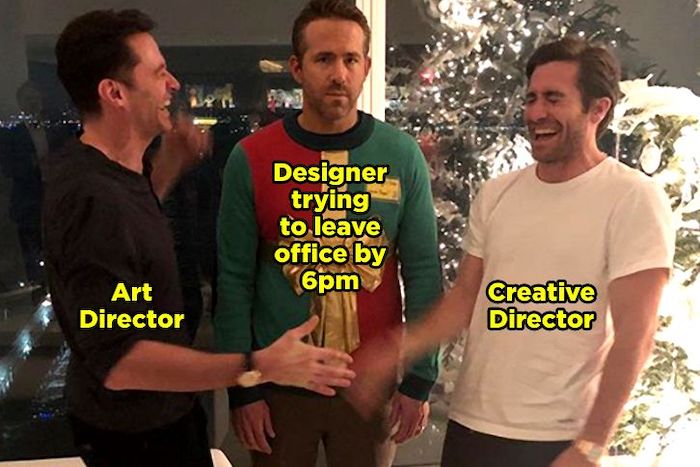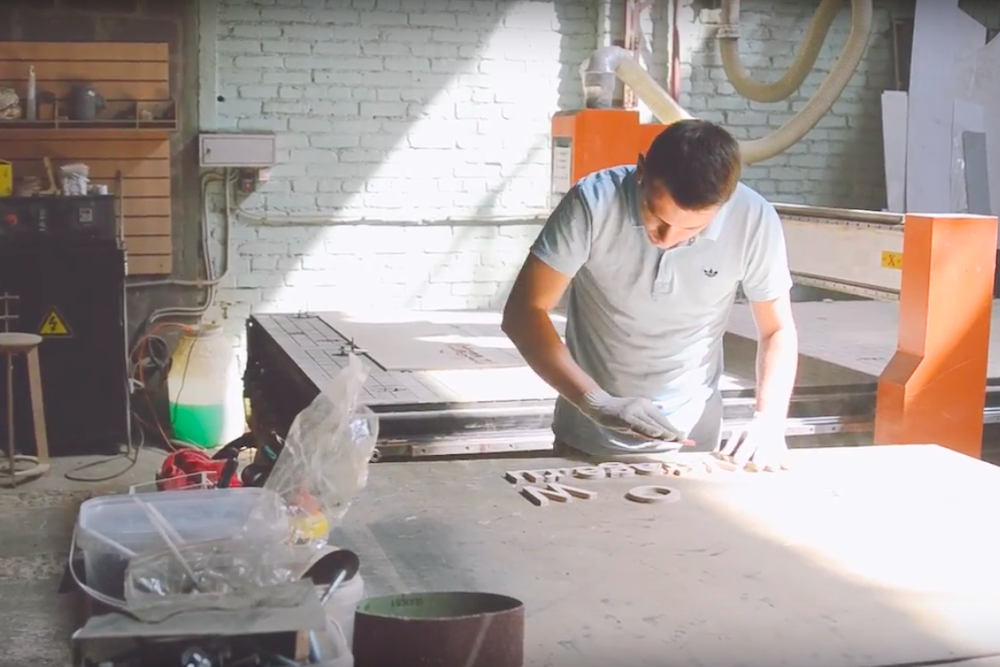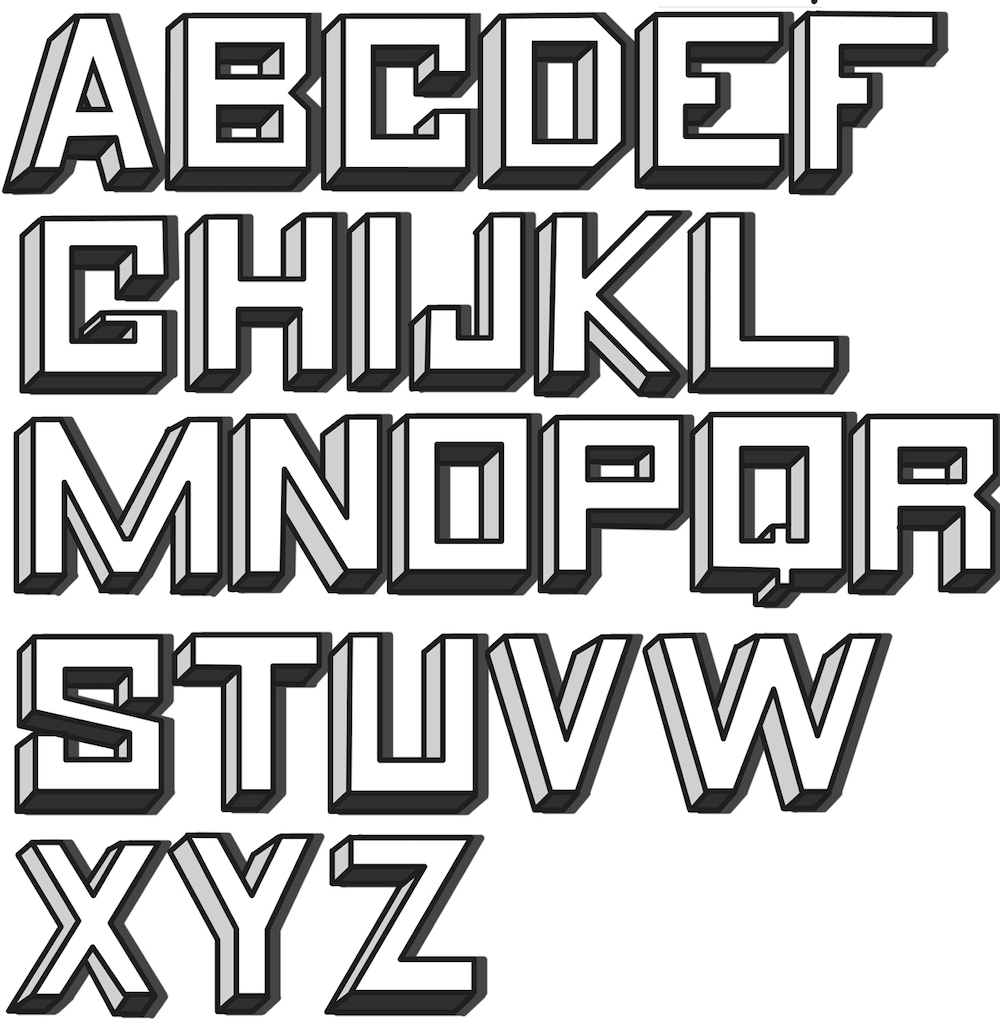A dozen Golden rules when working with the decor
Decorations are an integral part of any event. From a simple banner to complex objects, every organizer must be a professional in this field.
The MAX \ MAX team regularly implements this block on their projects both as a customer and as a manufacturer, and they have deep EXPERTISE on both sides of the barricades.
They have prepared 12 practical rules for working with decor that will help you avoid serious mistakes at events, saving not only your nerves, but also your budget:
-
Maximum accuracy
Before starting production, we recommend inviting a representative of decorators to the site for inspection, who will independently remove and recheck all dimensions. This is also important because of the small details of future structures and the way they are attached to site objects. The manufacturer must understand how this will be implemented and then be able to think through all the details in advance.
-
Personnel in the estimate
At the stage of approving the estimate with the contractor, it is important to discuss the presence of duty installers on the project. For many companies, this is a matter of course, but it is not uncommon for this moment to fall out of the budget estimates, especially in a situation of radical budget optimization.
-
Appoint an art Director
At the early stages of project development, it is necessary to clearly identify the art Director who oversees the visual concept of the project. Since decor, in addition to adhering to the guidelines and brand book, is a rather subjective thing, the appointment of an art Director who makes the final decision will save time and money on numerous design reworkings.

-
Think of the assistants
The installation time, as a rule, is always limited. Secure yourself and the contractor with an additional person from the decorators, who will monitor the order and cleanliness of the site, so as not to pull the main Assembly line if everything is on fire.
-
TK with visualization
Send the final TOR for the decorator in the form of a presentation with a visual of each zone and a detailed description, so that all parties have the same idea of the tasks and results.
-
Connecting with contractors
The main difficulties arise just in the places where decorators and other contractors "dock". First of all, we are talking about technical support. It is necessary to hold a preliminary meeting, where all these points will be discussed by all parties.
-
Direct contact with production
Get print samples, visit production, and keep up to date with the progress of work on the decor of your project at all stages.

-
The top view is better
Often, 3D renderers show favorable angles of the future set-up. But in reality, the side or back of banners and other decorations may come into view. Each time, check the view of the created object from all sides — even from above, since sometimes certain objects are installed near the stairs that guests move along.
-
Don't skimp on lighting
Just as any video screen implies additional spending on content, so decorations in 99% of cases imply the need for their illumination. Saving on lighting devices is fraught with the fact that the manufactured decorations will "fail" in the overall picture of the event and will not work on your budget.
-
Use the shade
If you're lucky and you're doing a big event with a huge stage, then the audience is watching the set-up from quite a distance. Therefore, it is very effective to use shadows in the layout. The name of your project or any other text with a neat shadow application will look like three-dimensional letters from a long distance.

-
Set deadlines with contractors
If you plan to use a large amount of material that must be exactly the same (for example, several thousand square meters of linoleum with the same pattern); or use an unusual material (film, foil material for natural decorations) that needs to be ordered from abroad, you must immediately discuss with the contractor the deadlines for confirming the order and the time for delivery of such material.
-
Consider the properties of materials
A particular example of a material that is widely used, but can fail in a certain scenario is a tree. If you are planning decorations or structures that will work for several days (for example, building a food court for a festival), you should immediately discuss with the contractor the purchase of dried wood and the time required for this, since if you make decorations from non-dried wood, on the 2nd or 3rd day, especially when on the street, the material will begin to change its shape, which will distort your decoration.
In second place — plastic.
Often at street events there is a need for flooring — on the stage, in the guest area, on the catwalks with cars, and out of habit, many people make a choice in favor of plastic. Since in Russia, even in the summer, there are quite strong temperature differences between night and day, such material, even of large thickness, is likely to deform and look sloppy. In this case, there are two options:
1) if the event is Premium and the budget allows — use a composite material on an aluminum base. It can easily withstand not only temperature changes, but also high traffic areas, while maintaining a glossy Shine and premium appearance;
2) if there is no goal (and budget) to support the luxury component, we recommend that you consider plywood painted with rubberized paint.


